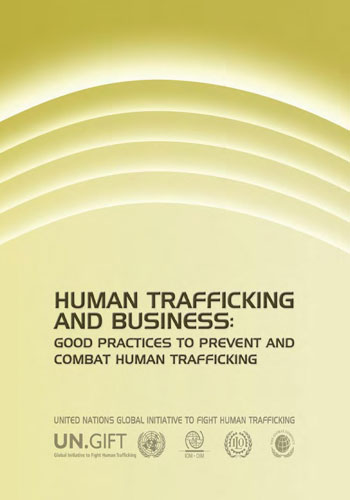Human Trafficking: Booklet for Parents

This booklet was prepared with a mission to inform the public at large about human trafficking consisting in the exploitation of persons and prevent the rates and consequences of this crime which is today at the center of growing public attention worldwide.This booklet was published in the framework of the “School education on trafficking issues in Armenia, Georgia and Azerbaijan” regional project implemented by International Organization for Migration (IOM).
The booklet is written in the form of questions and answers and focuses on theoretical framework of main trafficking issues.
Country
Armenia
Azerbaijan
Georgia
Region
Eastern Europe
South Eastern Europe
Central Asia
Year
2010
Category








